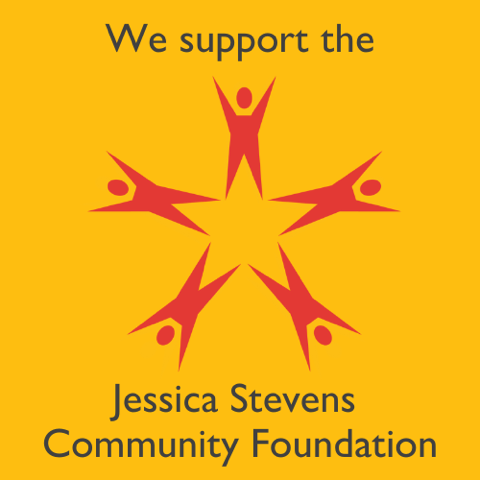In the Yoga Sutras, Patanjali lists five obstacles or afflictions (kleshas) that keep us from attaining the state of yoga. They are lack of knowledge or awareness, egoism (too much or too little ego), attachment to pleasure, aversion to pain, and fear of death. He goes on to explain that our lack of knowledge is the basis for the other four. Through increased awareness we can work with our obstacles and begin to weaken them. Conversely, through continual repetition of our habits we reinforce them.
The first step in working with the kleshas is being aware of their existence. The second step is believing that you have control over your thoughts and actions. Patanjali suggests focusing on three of the niyamas as a means for practicing in a manner that can liberate us from the self imposed suffering caused by the klesas. For more on this, refer to an earlier post on the kleshas or check out Sutras 2.1 – 2.9.

